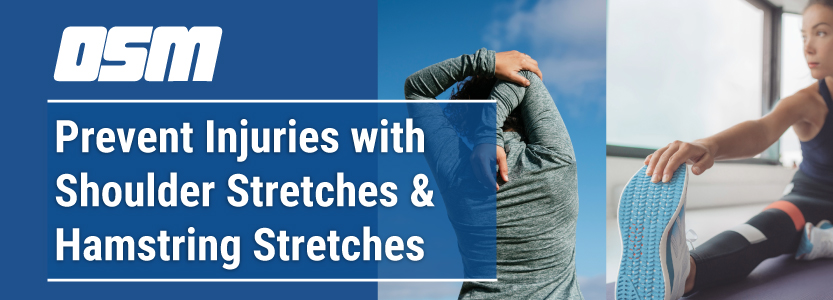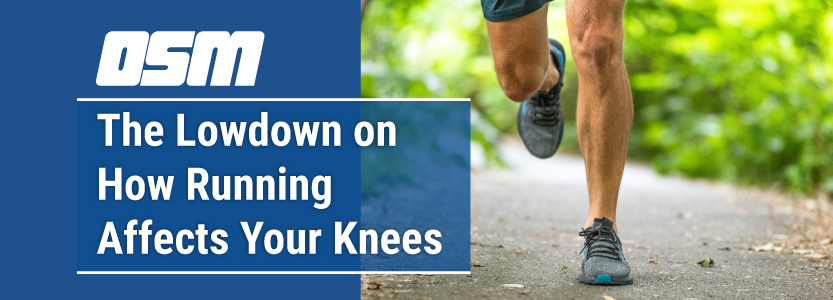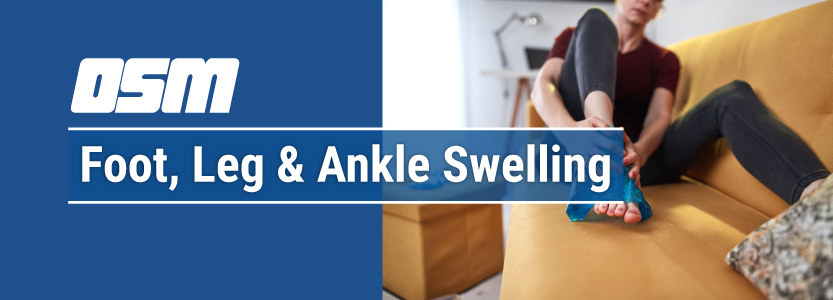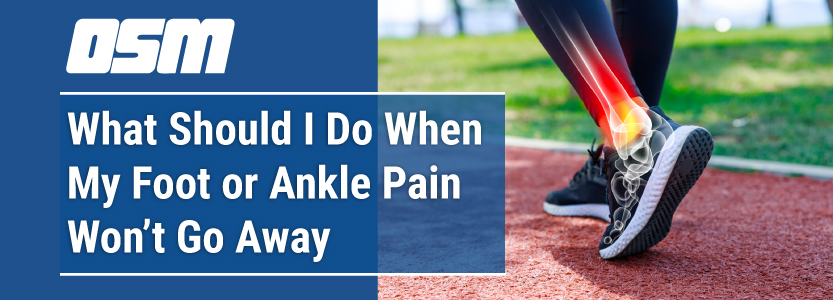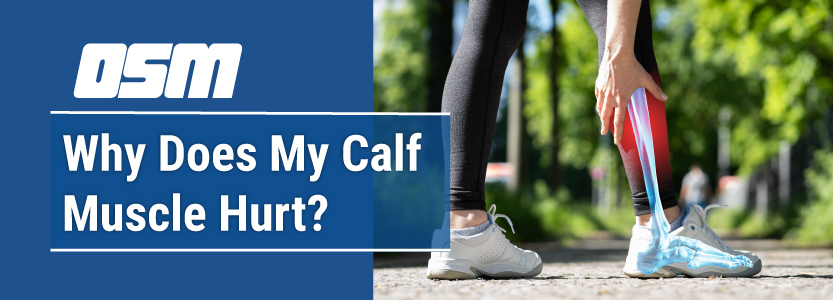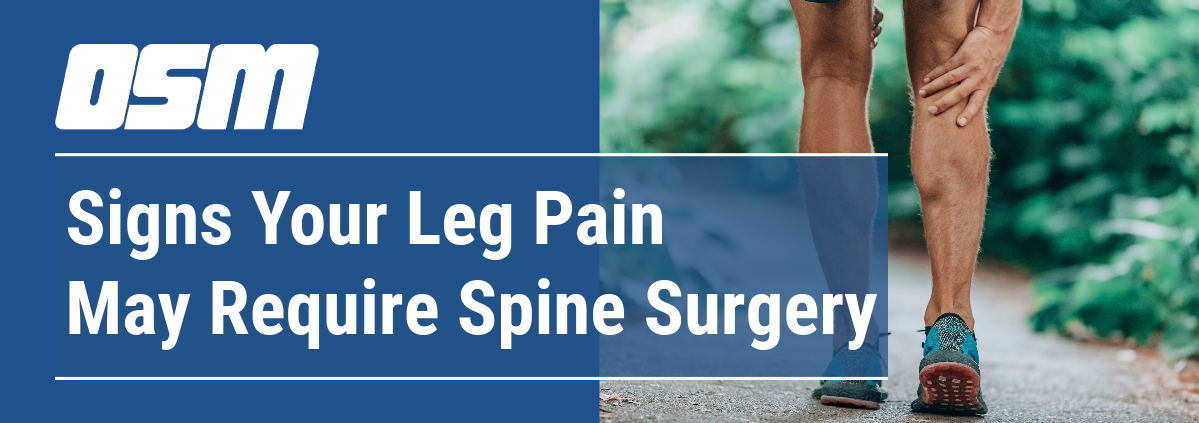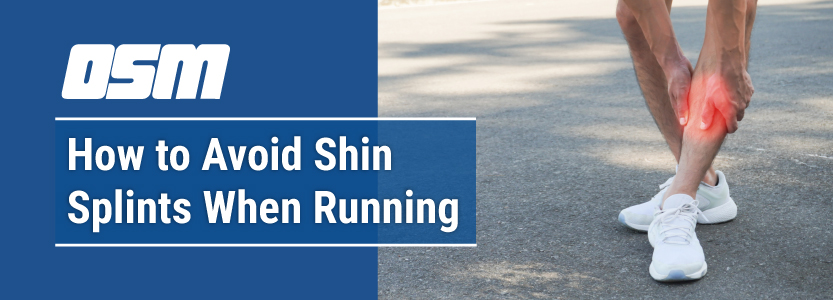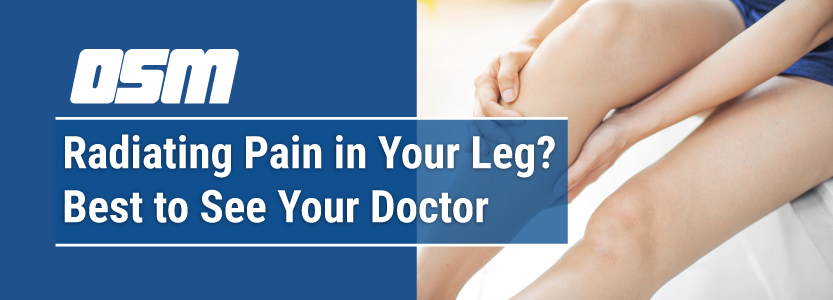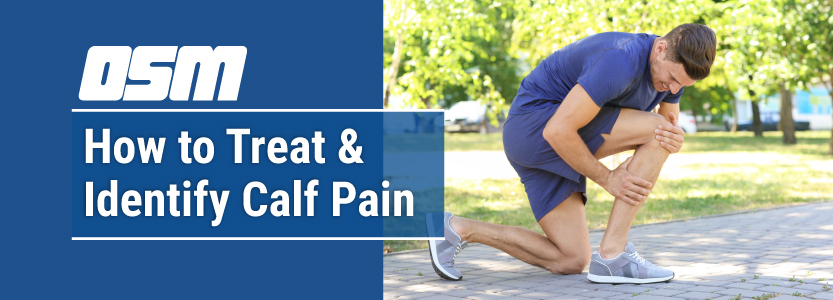Prevent Injuries with Shoulder Stretches & Hamstring Stretches
Article featured on NY Orthopedics
Why are Shoulder and Hamstring Stretches Important?
Stretching plays a critical role in maintaining flexibility, improving range of motion, and reducing muscle tension. Loose and flexible muscles are less likely to experience strains or tears during physical activities like backyard sports.
Regular stretching helps to improve blood flow to the muscles, enhancing their ability to recover quickly and efficiently after exertion. Stretching is especially important for those over the age of 30, those with chronic injuries, or those prone to muscular tears. Sudden bursts of activity, like those in football or baseball, can put extra stress on the muscles and joints, making stretching beforehand that much more necessary.
Shoulder Stretches for Injury Prevention
Shoulder injuries are among the most common in many sports, particularly those that involve throwing or overhead movements like beach volleyball. To prevent these injuries, it’s important to keep your shoulder muscles and joints flexible and strong with some targeted stretches. Here are some common, easy-to-do stretches that can help you limber up before serving up some heat:
- Cross Body Shoulder Stretch: This stretch helps to improve the flexibility of the shoulder and upper back muscles. Stand tall and bring one arm across your body, using your opposite hand to pull the arm closer to your chest gently. Hold this position for about 30 seconds before switching sides.
- Shoulder Circles: Shoulder circles are the perfect stretch for enhancing the range of motion in your shoulders. Stand with your feet shoulder-width apart and extend your arms out to the sides. Make small circles with your arms, gradually increasing the size of the circles. Perform this for 30 seconds in each direction (forward and back circles).
- Doorway Shoulder Stretch: Stand in a doorway with your arms bent at 90 degrees and your forearms resting on the doorframe. Step forward slowly with one foot, keeping your back straight and pushing your chest through the doorway. You should feel a stretch across your chest and the front of your shoulders. Hold this position for 30 seconds, then step back and relax. Repeat as needed.
Hamstring Stretches for Flexibility
Hamstring injuries are another common issue, especially in sports that involve running and jumping. Keeping your hamstrings flexible with targeted stretches can prevent strains and improve your overall performance. Here are some hamstring stretches to help you stay loose for those one-on-ones:
- Standing Hamstring Stretch: Stand upright with your feet hip-width apart. Extend one leg forward with the heel on the ground and toes pointing up. Keep your back straight and hinge at the hips, reaching towards your toes. Hold this stretch for 30 seconds before switching legs.
- Seated Hamstring Stretch: Sit on the ground with one leg extended straight and the other bent, with the sole of your foot against your inner thigh. Reach towards the toes of your extended leg, keeping your back straight. Hold the stretch for 30 seconds, and then switch legs.
- Lying Hamstring Stretch: Lie flat on your back with one leg extended straight on the ground and the other leg raised in the air. Hold the raised leg behind the thigh or calf and gently pull it towards you, keeping the leg as straight as possible. Hold the stretch for 30 seconds, then switch legs.
Incorporating Stretches into Your Routine
To maximize the benefits of stretching, you should not only stretch before physical activity but incorporate stretching into your daily routine. Remember that stretches are meant to build muscle, joint flexibility, and strength. This doesn’t happen after one stretching session. Like any other exercise, it takes time and discipline to reap the full rewards.
Fortunately, most people notice results relatively quickly. You can start small with a gentle warm-up as you get out of bed to get your blood flowing before moving into the stretches—something light like jumping jacks. Then, try out some of the stretches we’ve provided here or integrate more full-body stretches.
By properly stretching your shoulders and hamstrings, you can significantly reduce the risk of injuries!
The Orthopedic & Sports Medicine Center of Oregon is an award-winning, board-certified orthopedic group located in downtown Portland Oregon. We utilize both surgical and nonsurgical means to treat musculoskeletal trauma, spine diseases, foot and ankle conditions, sports injuries, degenerative diseases, infections, tumors and congenital disorders.
Our mission is to return our patients back to pain-free mobility and full strength as quickly and painlessly as possible using both surgical and non-surgical orthopedic procedures.
Our expert physicians provide leading-edge, comprehensive care in the diagnosis and treatment of orthopedic conditions, including total joint replacement and sports medicine. We apply the latest state-of-the-art techniques in order to return our patients to their active lifestyle.
If you’re looking for compassionate, expert orthopedic and podiatric surgeons in Portland Oregon, contact OSM today.
Phone:
Address
1515 NW 18th Ave, 3rd Floor
Portland, OR 97209
Hours
Monday–Friday
8:00am – 4:30pm

